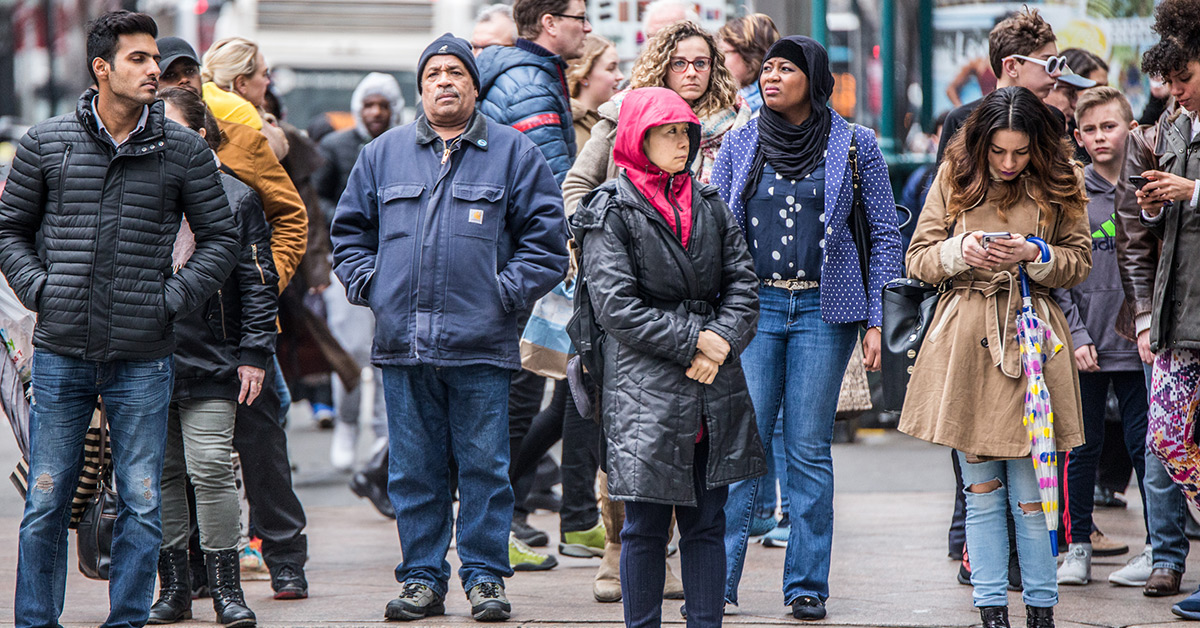Structural racism — beliefs, policies, and patterns of behavior that advantage white people over people of color and American Indians — is a deeply pervasive problem in our society but previously very difficult to measure. Recently, University of Minnesota School of Public Health researchers successfully tested a new method for measuring structural racism as a multidimensional determinant of health, the Multidimensional Measure of Structural Racism (MMSR). Using the COVID-19 vaccination rates among communities in New York City as a case study, they found that using a multidimensional method provides more insight into the root cause of health inequities than using multiple, single-dimension measures.

“Progress toward racial and health equities cannot be achieved if scholars and policymakers cannot measure the causes of the inequities, understand their deleterious effects, and track changes over time,” says Phd student Bert Chantarat. “The MMSR helps researchers to do that.”
Led by Chantarat, Rachel Hardeman, Blue Cross Endowed Professor of Health and Racial Equity and director of the SPH Center for Antiracism Research for Health Equity, and David Van Riper from the Minnesota Population Center, the study was recently published in the Lancet’s EClinicalMedicine.
Most methods for measuring structural racism focus on a single dimension of structural racism, such as education, employment or criminal justice involvement. The MMSR tool created by Chantarat, Van Riper and Hardeman measures five aspects of structural racism together — Black-white residential segregation, inequities in education, employment, income and homeownership — to create profiles of the area or group being measured.
“The idea is if you examine health inequities by the multidimensional classes of structural racism, you will always see their linkage,” says Chantrat. “However, if you selectively examine inequities by a specific form of structural racism, you may not because the single-dimension measures you use cannot capture how various forms of structural racism reinforce one another to cause poor health.”
Researchers used the MMSR to analyze the vaccination completion rates in areas of New York City during the early phase (December 2020 to February 2021) of the effort when health officials carefully restricted who could receive the shots based on their health and job status — not where they lived. Chantarat and his colleagues separated NYC neighborhoods into three classes based on MMSR measurements:
- Class A: Racially segregated with high racial inequities in education, employment, homeownership and income.
- Class B: Racially diverse with low education, employment and homeownership inequities; moderate income inequity between Black and white residents.
- Class C: Moderately segregated with lower homeownership and income inequities; higher education and employment inequities than Class A.
When the researchers compared the numbers, they found that people living in Class A neighborhoods had significantly higher rates of completing the two-dose vaccination protocol compared to people living in Class B and C neighborhoods. When the researchers analyzed the vaccination data just through individual dimensions of structural racism, they found that differences in completion rates were only observed between areas with high and low Black-white income inequity.
The researchers say that in the common scientific practice of identifying racial inequities first and then subsequently dissecting the root causes of those inequities, the use of one-dimension measures may potentially lead scholars to inaccurate conclusions that there are no inequities and disincentivize them from trying to investigate the harmful effects of structural racism working underneath the surface.
Next, the researchers plan to use the MMSR to investigate the persistent health inequities in Minnesota. They hope to understand how various dimensions of structural racism interact to cause poor health for people of color and American Indians, and that this new insight will lead to the design of effective policy interventions. They will also collaborate with researchers from around the U.S. to apply this new method to understand health inequity patterns in other areas.
Development of the MMSR was made possible through early investments from the Minnesota Population Center and a recent grant from the Robert J. Jones Urban Research and Outreach-Engagement Center.

